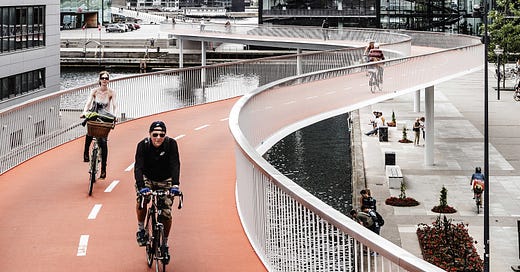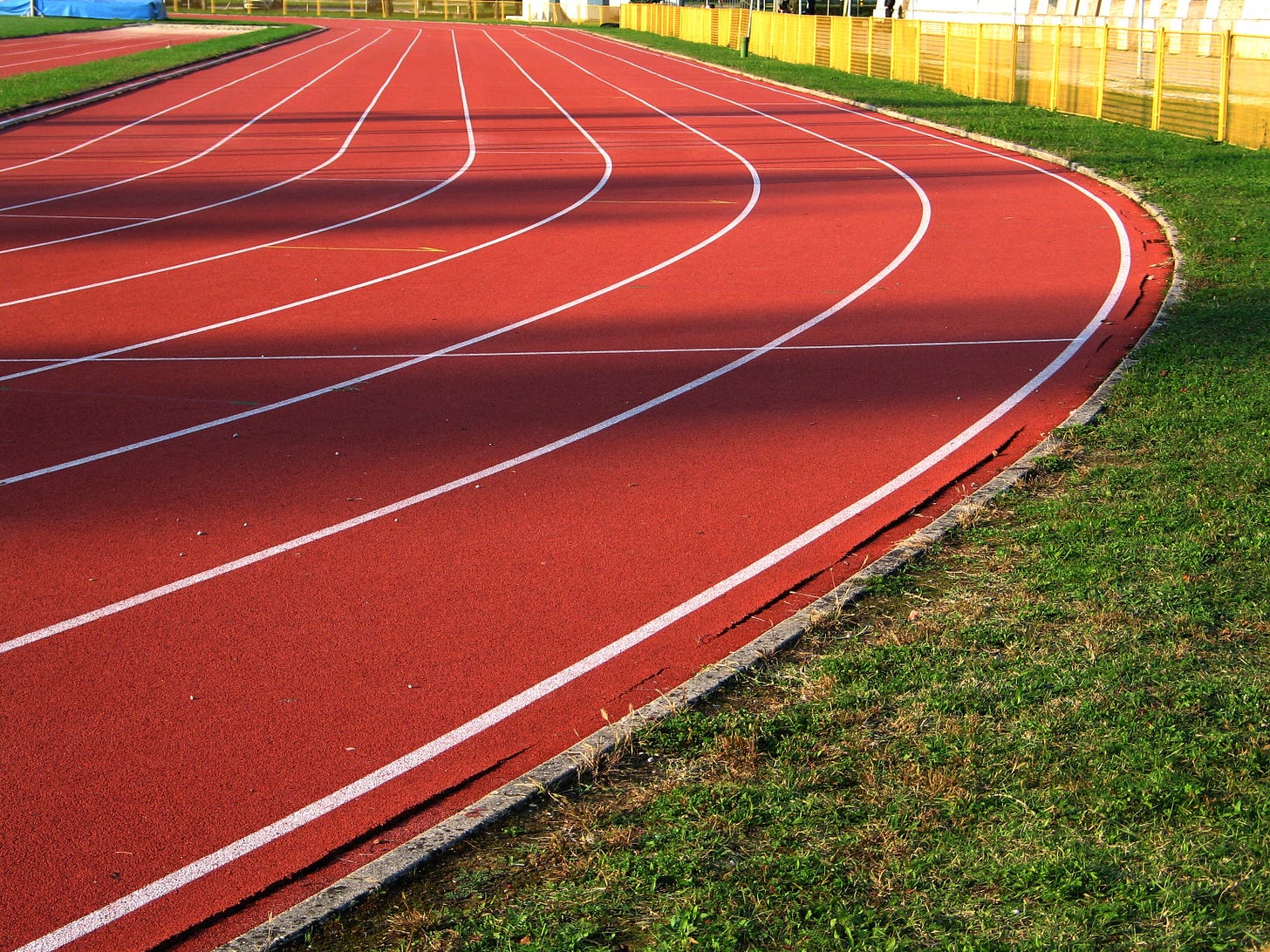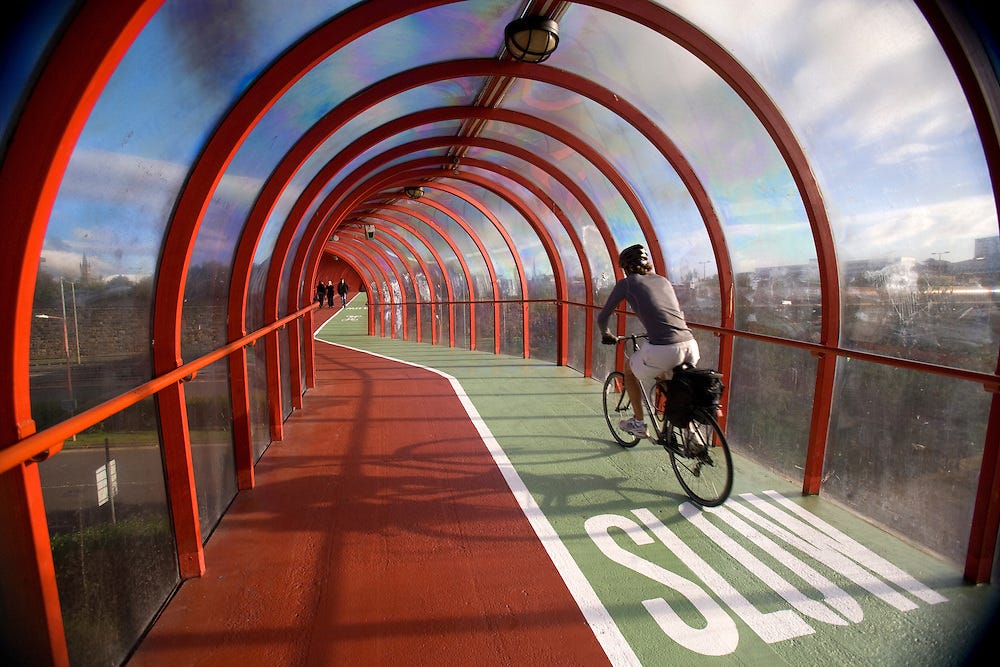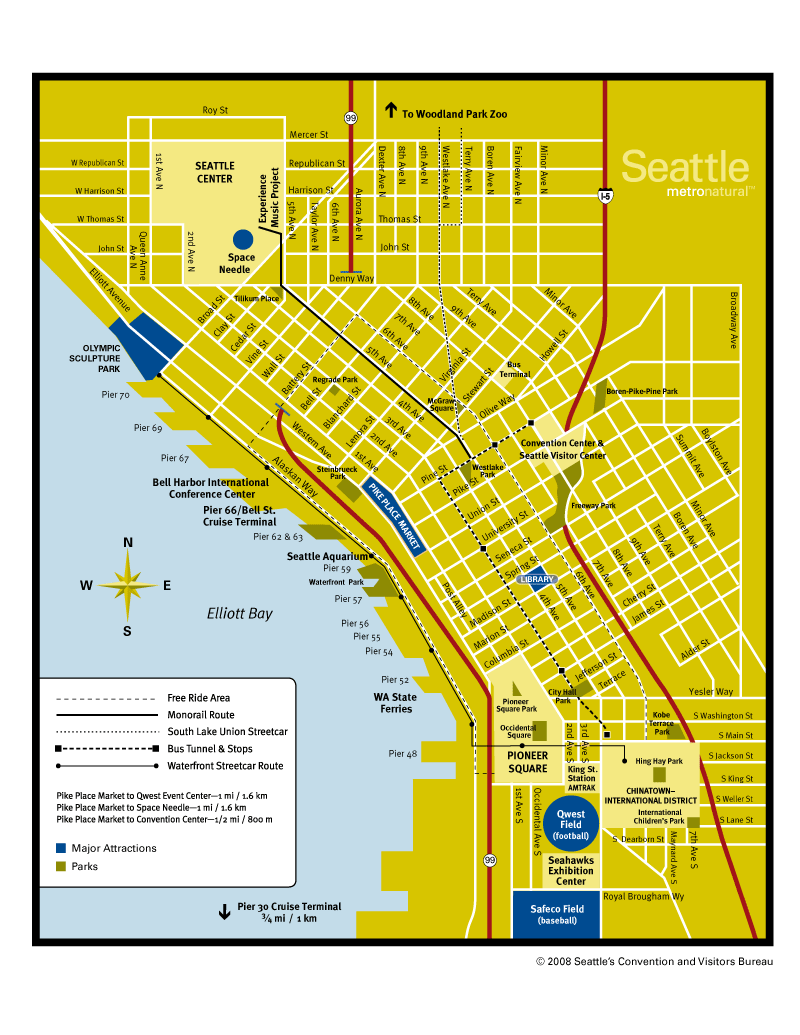We should try elevated bike ways
A potential extremely cost-effective investment in transportation infrastructure
Transportation infrastructure is a technology that is very difficult to modify. Particularly in major metropolitan areas transportation infrastructure is often a roadblock to progress. It is very expensive, very inflexible, takes up critical land space, inherently creates access conflicts, and is heavily regulated by the government.
Transportation infrastructure is also one of the most important types of infrastructure for human material progress. I would rate it third after:
Food production and distribution system
Energy production and distribution system
In fact, I seriously considered adding an excellent transportation system as the sixth of my Five Keys to Progress. In the end, I decided that if a society has the first five, it will inevitably find a way to construct an excellent transportation system.
I always enjoy challenging myself to come up with entirely new ideas that solve old problems in innovative ways. One idea that I have thought about off and on over the last decade is why we do not see more elevated bikeways. The rendering above gives some idea of what I am thinking of, but it does not do justice to the idea.
I wish that I was a talented artist who could draw what I am imagining, but it would be something like this:
Run along and above a city street and sidewalk like an elevated expressway. It would be like a “2nd floor” above the city street and sidewalk that already exists. It would run above streetlights.
Would only allow bikes. No pedestrians (who still have the sidewalk below) or. motorized transit (who still have the city streets below).
Have 3-4 lanes in each direction that look like a sprinting track to enable multiple bikers to ride at varying speeds.
Be constructed of steel like a pedestrian overpass. This would keep it light and easily assembled.
Be constructed of standardized parts that could be mass-produced in one or a few factories.
Could be pre-assembled outside the metro area in sections that fit onto a flatbed tractor-trailer. This would enable one tractor-trailer and crane to assemble a forty-foot section at night when traffic is slow. This would minimize disruption to existing traffic.
Be covered so it can be used all four seasons.
North/South direction would be completely separated from East/South direction. You might even completely separate all four directions.
See the photos below to get a better idea of what is running through my crazy brain.
This new form of transportation infrastructure would have many advantages. Elevated bikeways would:
Be very cheap to construct compared to new roads, light rail, heavy rail, or bus lines.
Take up no land space because it would be above the city street.
Require little or no digging.
Separate bike traffic from both motorized and pedestrian traffic. It would also separate North-South bike traffic from East-West bike traffic. This would presumably lower traffic accidents.
Bypass street lights and cross traffic making bike travel very fast in comparison to other forms of traffic.
Facilitate year-round bike traffic if it were covered so snow, wind, and rain do not interfere with bike traffic.
Improve the physical, and potentially mental, health of city dwellers
Save time by cutting commute costs and combining the commute and exercise time.
Enable even the poorest people to purchase their primary transportation device (a bicycle).
(if widely adopted) Seriously reduce auto traffic in the central city.
Could potentially get strong support from a wide variety of political constituencies: techie commuters, bikers, poor people, environmentalists, and car owners who want to reduce traffic.
Likely to be a big tourist attraction.
I got the idea when I was living in the Seattle metro area. At the time, I could find nothing similar in the rest of the world, although I know that Copenhagen, Denmark (my old hometown) has constructed something similar although much less comprehensive.
The city of Seattle seems like a great place to experiment with the concept. It has a very dense city center, mild weather, and many bike enthusiasts. Because Seattle is sandwiched between the Puget Sound and Lake Washington, it is very narrow and north-south oriented. One or two lines running above a major street would enable commuting into and out of the central city from many neighborhoods.
Of course, like all ideas, it has some very important drawbacks:
(most importantly) It has never been done at scale so it sounds like a crazy idea the first time that you hear it. An influential city leader would be taking a political chance by endorsing the first few experiments. My guess, though, if it were considered successful, the idea would spread like wildfire.
Might upset store owners whose second floor would be covered or require their permission to build.
The entrance and exits for the pathways would be a little tricky and take up a fair amount of the pedestrian sidewalk and/or sidewalk parking spaces. Handicapped accessibility could make these entrances and exist expensive.
If successful, elevated bike pathways would likely undermine revenue going to mass transit agencies, which have a great deal of political influence. The same goes for mass transit construction firms.
In city centers more spread out than Seattle, they might require a significant amount of construction to promote access to all parts of the city center.
May become a political issue if the homeless decide to start using the pathways as their home.
Would likely have to transition into standard on-the-ground bike pathways once the edge of the city center is reached because the amount of traffic does not justify the costs.
Not sure what to do about e-bikes. It may be better to let them use the pathway or it might cause too many conflicts because of the speed differential.
Anyway, let me know what you think about this idea in the comments.
Do you like the idea?
Would you use them in your daily commute?
Do you think that they would get used by bikers?
Do you think urban voters would like them?
Are there some advantages or disadvantages that I missed?
I would be particularly interested in hearing from experts in urban transportation infrastructure on how much they would cost per mile compared to other projects.










This would definitely be a neat idea. When I lived in Seattle, I rode the Burke-Gilman trail frequently, though almost always for leisure rather than for getting around. I don't feel safe riding a bike in a roadway, and this is my biggest deterrent to bicycle use. My biggest concern would be around cost, and I don't have a good sense of what a structure would cost. My guess is that Seattle would probably be around the edge of financial viability. Maybe start with a few high-value endpoints, such as UW, Pike Place Market, Pioneer Square, the Seattle Center, and the Mariners and Seahawks stadiums, and build a network from there if it is financially viable.
With the high cost of living afflicting so many cities, create new space or more efficiently utilizing existing space near the city center should be a high priority for a society that builds.
Live in Seattle and like the idea - we can see how much use the Burke-Gilman trail gets, so we know this would get a lot of riders.
Agree with your point about homeless occupancy, but I don’t envision those being deal-breakers. The e-bike differential also sounds fine given 2+ lanes in each direction.
Entrance and exits would have to be seamless and avoid merging/clogging issues, but again, this seems like a short learning curve before it’s figured out.